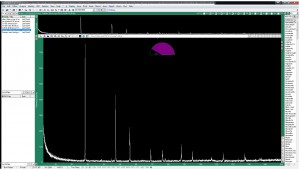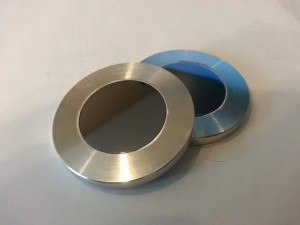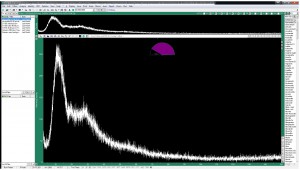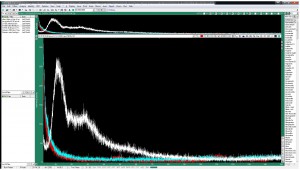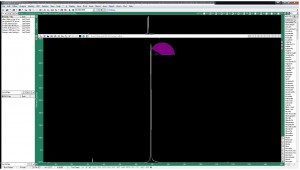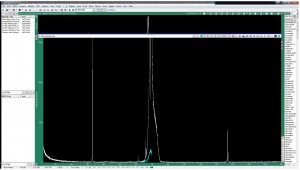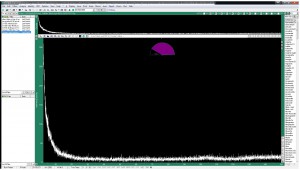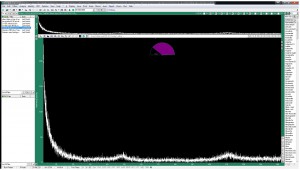I spend a great deal of time meeting with XRD and XRF users throughout the year, but usually in the context of some problem or time-sensitive project. Luckily I’ve been able to attend the Denver X-ray Conference fairly consistently over the last few years. It’s a great time to catch up with other users who are as deeply invested in X-ray spectroscopy and crystallographic analysis as we are. The vendors always put on a great show in the exhibit hall and poster sessions.
The first three days of the week are filled with technical workshops focused on an array of topics. There are always some introductory classes for both XRD and XRF for new users to attend and then there will be additional topics which are usually more advanced. The educational opportunities alone are well worth the attendance fee. Each session is run by an expert in the field and questions, even from industrial users, are welcomed. The sessions are strictly non-sales oriented as well which lends the event a very egalitarian feeling. See the full program here.
Plenary sessions and more sales-oriented meetings occur later in the week and are a great way to get a feel for the cutting edge technology being released by the various vendors. The exhibit hall opens a few days into the conference so everyone has a few days to see all the different booths. We always spend a great deal of time at the Materials Data, Inc and Bruker-AXS booths in particular.
The conference moves between Westminster, CO just North of Denver, Chicago, IL and Big Sky, MT. I’ve never made the trek up to Big Sky, but I hear it’s beautiful. Some attendees only come when it’s up there.
I’d love to connect with as many of our readers as possible so contact us if you’ll be there and I’ll be sure to see you while I’m at DXC-Big Sky!


